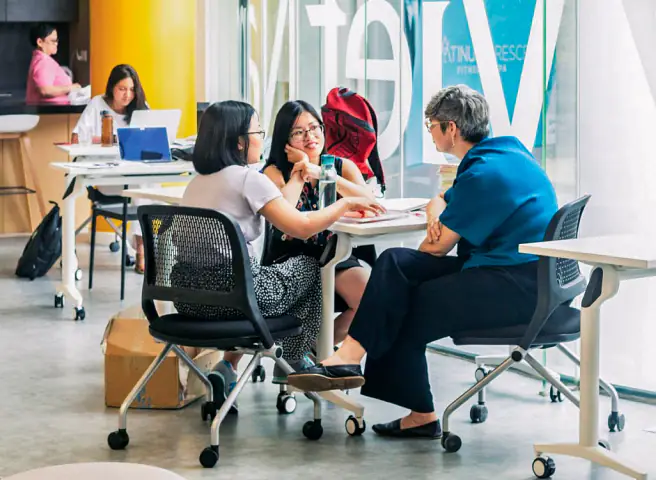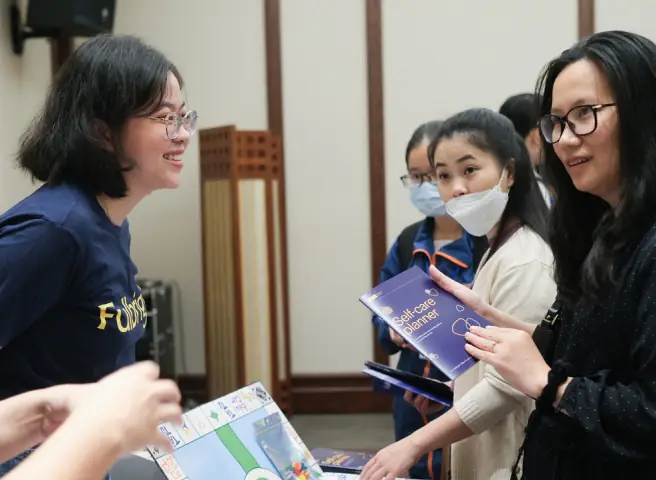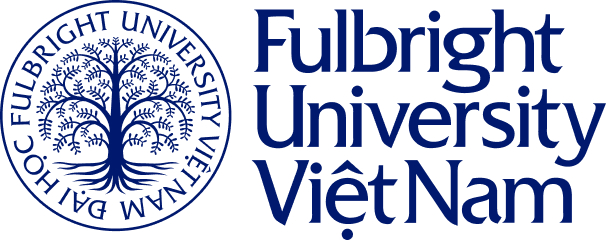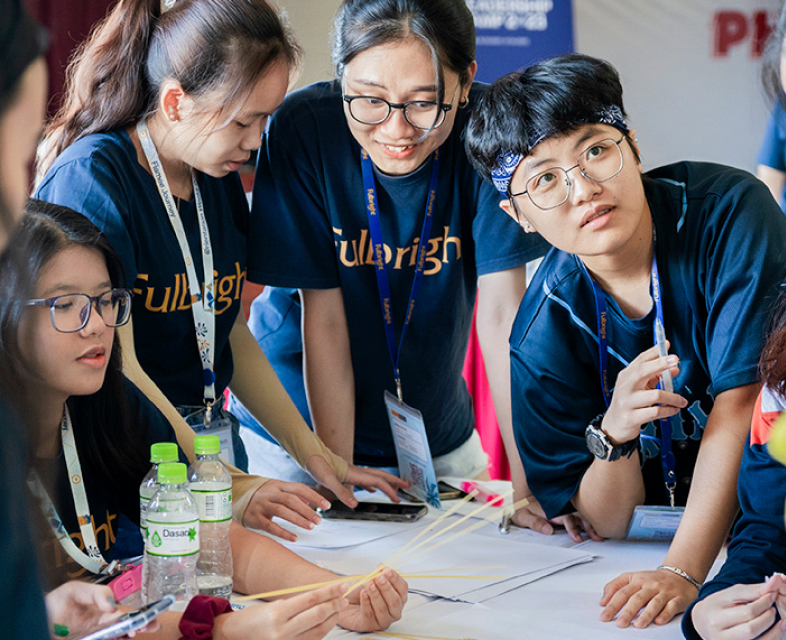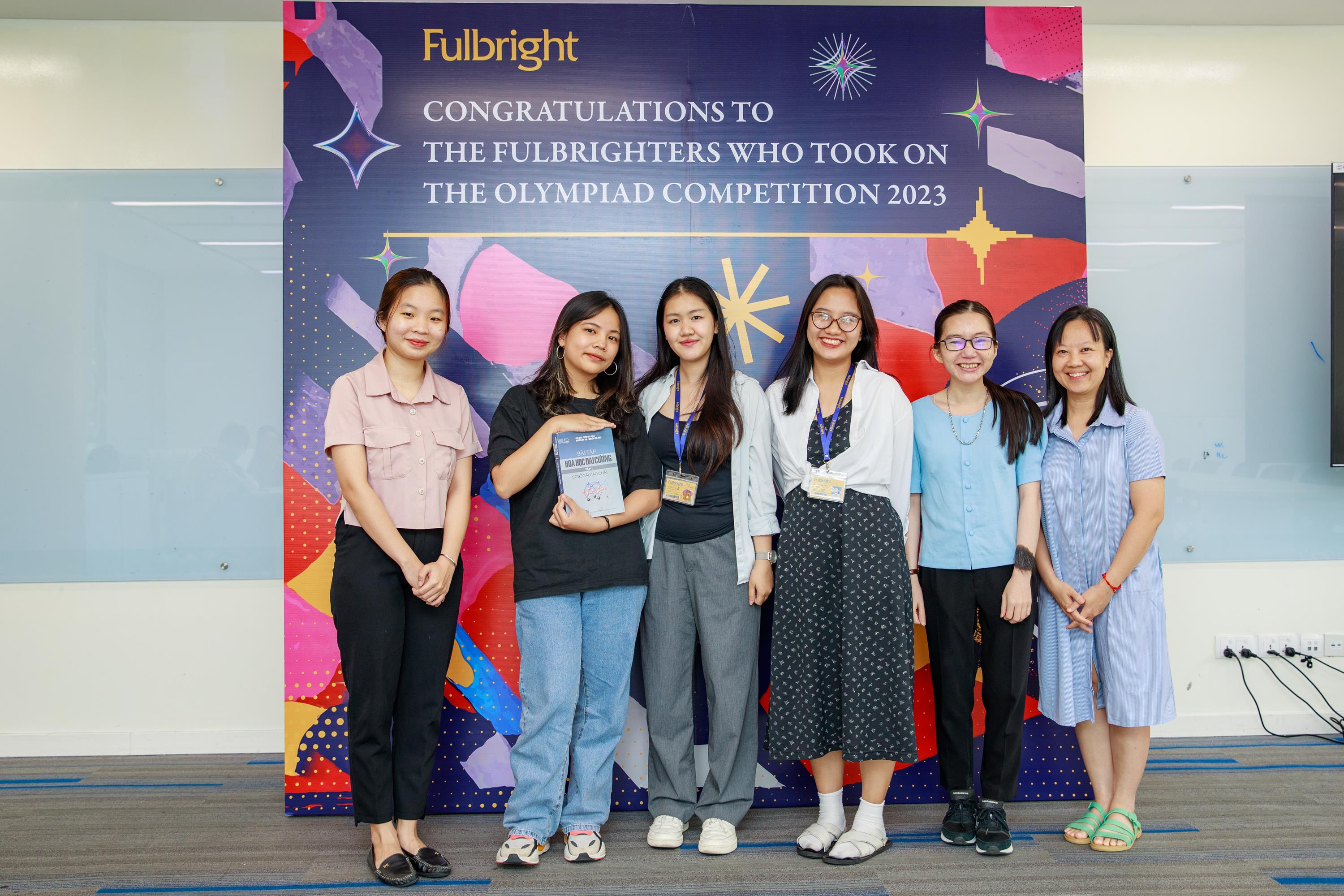
Dr. Vu Thanh Tu Anh believed many underlying problems with HCMC’s growth model have been identified for decades; however, the absence of an effective implementation mechanism is causing the city to lose its growth traction.
In a recent conference hosted by HCMC People’s Committee to formulate development strategies for the city from 2021-2030, academic think-tanks and policy experts were invited for their consultation on breakthroughs and solutions to tackle bottlenecks hindering HCMC’s growth.
By 2025, HCMC is committed to becoming a smart city focusing on modern services and industries, maintaining its status as the primary and dynamic growth engine for the South Economic Key Zone and Vietnam in general.
By 2030, HCMC aims to become a modern industrial and service city spearheading the nation in the digital economy and a prominent economic, financial, commerce, S&T, and cultural hub in ASEAN. Looking towards 2045, HCMC is expected to spur as an emerging economic and financial hub in Asia, with its GRDP per capita around 37,000 USD.
Among other speakers attending the conference, Dr. Vu Thanh Tu Anh, FSPPM Dean, identified fundamental problems and important considerations for leaders in devising development strategies for the coming period towards 2045.
Dr. Tu Anh’s speech is grounded on three overarching themes: positioning the city, growth incentives, and mindset looking for breakthrough accompanied by an in-depth analysis of how to address three underlying bottlenecks facing the city in infrastructure, institutional reforms, and human capital.
The vision of a mega-city
Dr. Tu Anh emphasized positioning the city appropriately against its counterparts on the growth map as top priorities. The perspective that HCMC is Vietnam’s economic engine and growth driver partially reflects the true picture. Given its population scale, HCMC is essentially a “mega-city” and for its next course of action, HCMC should aim to become a global city and a prominent economic, financial, and cultural center in Asia.
“It is important that we choose the right track for our marathon. Our strategies, trainer, and resources have to adapt to the tournament we are competing in. As a result, how the city positions itself determines the level of the game we engage in. The current global landscape is completely different from what we knew 10 or 20 years ago, hence, our strategies must be totally revamped to take into account emerging factors.”

To realize such ambition, Dr. Tu Anh suggests that the city needs to set its priorities right considering constraints in time, resources, and human power. An appropriate set of priorities make sure opportunities and resources are optimized for the most achievable outcomes.
“An important question HCMC leaders need to ask themselves is whether manufacturing industries remain a top priority. Personally, I believe the city should move away from manufacturing sectors and towards services since the world we are living in is a post-industrial society. Continuing to invest in manufacturing industries will reap minimal benefits and forgo opportunities for greater growth in the next 10 or 20 years.”
Increased productivity as the new growth driver
In his analysis of new growth drivers for the city, the Fulbright expert argued that: cheap production costs, investment inflows from FDI and domestic private sector, and influx of immigrants have been driving HCMC’s enormous growth for a long time. Over-reliance on these factors may hinder the city from improving its productivity. First, productivity is the keyword for the next decade and the domestic private sector is counted on to trigger the productivity improvement.
“A dynamic private sector has endowed HCMC natural advantage over Hanoi and Da Nang,” Dr. Tu Anh noted.
Second, the city needs to work on building a competitive market to spur domestic competition. He believed this is an imperative mission since failure to create a solid competition market would drag the city to fall behind in its progress. Third, HCMC has to continue its national lead in market openness and integration into the global economy. Fourth, the city needs to put in place a mandate for productivity improvement and infrastructure development in which “infrastructure” is defined differently to integrate modern understandings of the concept. And last but not least, some core industries to fuel the next growth waves for the city must be identified, e.g., developing an international finance center based in HCMC (the finance center is rather a national project than a local one).
“Looking further to the next 10 years, we need to move on an innovation-based economy instead of looking upon investment and productivity for prolonged growth. Successful departure from the traditional model demands high-skilled manpower, innovative institutes, R&D centers, and a plethora of sound policies for innovation to take flight. We should not be dispersed in choices but rather focus on a few nucleus industries.”
The futuristic vision
For long-term vision, Dr. Tu Anh suggests problems facing the city should be considered in a new framework to seek effective solutions. Despite its lead in the country, HCMC might find it harder to sustain its growth rates under the conventional mindset lacking creative and bold ideas.
As evidence, he explained that infrastructure was previously defined as road, airport, seaport network, however, modern infrastructure including database, ICT systems, and data accessibility, transferability, and privacy. Our understanding of infrastructure should be renewed for greater competitiveness. On the other hand, for a long time, we were so eager with economic integrate. Although market openness is an evitable trend, Vietnam has missed one important thing: the domestic market and the competitiveness of private firms.
“These two factors exposed our vulnerabilities. An open market is important, yet domestic strength is what matters most. We must keep in mind no cities or country can grow strong and rich relying solely on external forces. We must nurture our internal strength. If we can keep the current growth rate, over 50% of the Vietnamese population will become global middle class in 2035. This is domestic demand, constituting a large domestic market for consumption. If we fail to grasp this opportunity of capturing this enormous potential market, we will lose a great deal to foreign investors while our private sector struggles to survive,” Dr. Tu Anh explained.
He also warned HCMC leaders of some long-term and irreversible trends, for instance, climate change and aging society. Finally, the city needs to take into consideration the fallout of trade wars among superpowers and its implications for Vietnam and HCMC. Strategies to behave appropriately under an emerging multipolar world divided by agitated conflict is necessary for the city.
Institutional reform is the key
Dr. Tu Anh once again reminded HCMC of three obstacles restraining the city’s growth: infrastructure, institutional reforms, and human capital. In order to realize the aforementioned ambitious objectives, the city has to come up with effective solutions structured under a new mindset to eradicate these growth traps. He emphasized institutional reforms as the top priority, stating that for the past 10 years, HCMC is no longer a source of inspiration for other localities in reforms and breakthroughs.
“Why did we lose the exemplary status? Without drastic reforms in the institutional environment, it is impossible for us to be on par with regional urban centers like Seoul and Singapore and we would eliminate ourselves from the race. Institutional reforms are urgent demands; however, we need to be very specific of what and how to reform.”
Dr. Tu Anh clarified for HCMC, institutional reforms involve changing management and planning approaches for an advanced urban city and improving the business and investment environment. In the past, the city focused on attracting low-cost labor with average skills. For the next periods, HCMC must strive to attract multinational corporations and prepare favorable working and living conditions for its immigrants and foreign corporations. Given the absence of modern living amenities, HCMC is stepping away from the global and regional race towards prosperity.
In regard to human capital, Dr. Tu Anh believed the focus on the number of graduates from the tertiary level should be shifted towards building higher-skilled workers and developing R&D centers to augment innovation capability. On the other hand, he believed excessive financial resources from HCMC is not necessary, instead, the city leadership could take advantage of a favorable institutional environment as political leverage to encourage market-led private investments.
He also emphasized the role of effective policy implementation on the city’s growth. Underlying issues articulated are not unfamiliar with HCMC leadership, yet the problem of how to construct an effective implementation mechanism remained unsolved.
“We all understand and acknowledge the fact so much has to be done, for example, the stranded infrastructure. We are aware of these bottlenecks 20 years ago. But why have we failed to tackle them? The plan to develop Thu Thiem as a modern city was first initiated 2-3 years after the advent of Pudong, Shanghai. Now, Pudong rises as a prominent international financial center while we still struggle with resettlement and relocation in Thu Thiem. We have set a straightforward development vision. We are fully aware of the obstacles and the following consequences if we cannot overcome them. Yet the dilemma remains that we cannot crack the code to implementation mechanism.”
Dr. Tu Anh argued implementation mechanism is tricky and worth setting as the top priority of incumbent city leadership under this current term.
“I hope HCMC leaders see this as a critical objective in their action plan for this term. We must fully commit to realize our objectives and reinstate citizen’s trust in the legitimacy of HCMC leaders,” concluded Dr. Tu Anh.
Thúy Hằng
